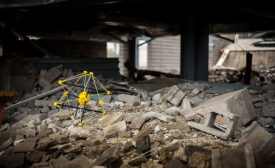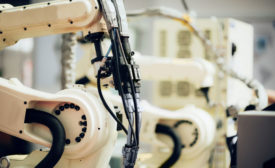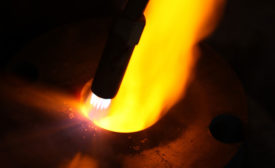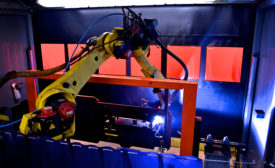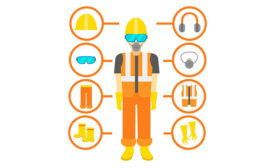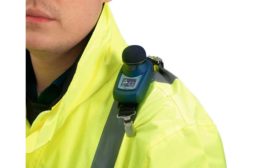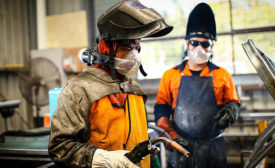Safety Technology
Squishy Robots to the rescue
Read More
OSHA in the age of robotics
Evolving tech may bring changes to 30-year-old LOTO rule
May 30, 2019
Facility safety inspections
Valve safety trains require regular inspections, maintenance and training. Tremendous explosive forces can be unleashed if best practices are not followed.
May 30, 2019
Safeguards for automated operations
Physically protect your workers and minimize the “safety zone” footprint.
May 28, 2019
Getting ‘smart’ about construction safety
Wearable sensors could monitor stress, physical demands and even risk perception
May 27, 2019
Blackline Safety receives $1.1M purchase order from second major water utility in the United Kingdom
Dwr Cymru (Welsh Water) to deploy G7c lone worker wearables with three-year service agreement and option to add gas detection in the future
May 22, 2019
PPE makes use of smart sensor technology
Clever clothing innovations are making PPE use more acceptable, with more versatile applications.
May 21, 2019
Respect your respirator with ongoing maintenance
Don’t get lost in a cloud of toxic welding smoke. Make smart selections when it comes to respiratory protection.
May 20, 2019
Never miss the latest news and trends driving the safety industry
eNewsletter | Website | eMagazine
JOIN TODAYCopyright ©2024. All Rights Reserved BNP Media.
Design, CMS, Hosting & Web Development :: ePublishing
